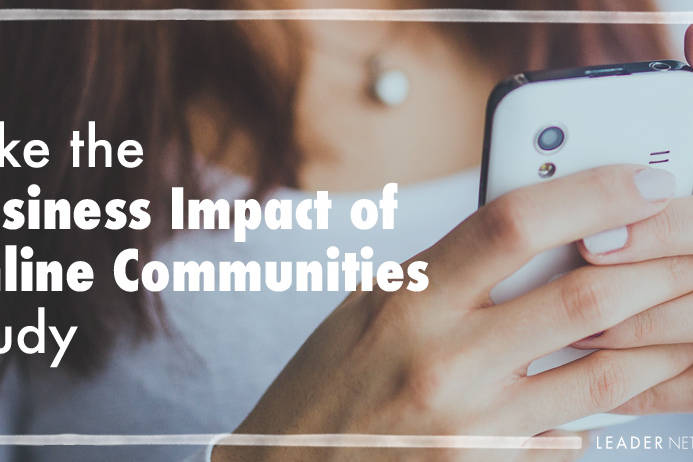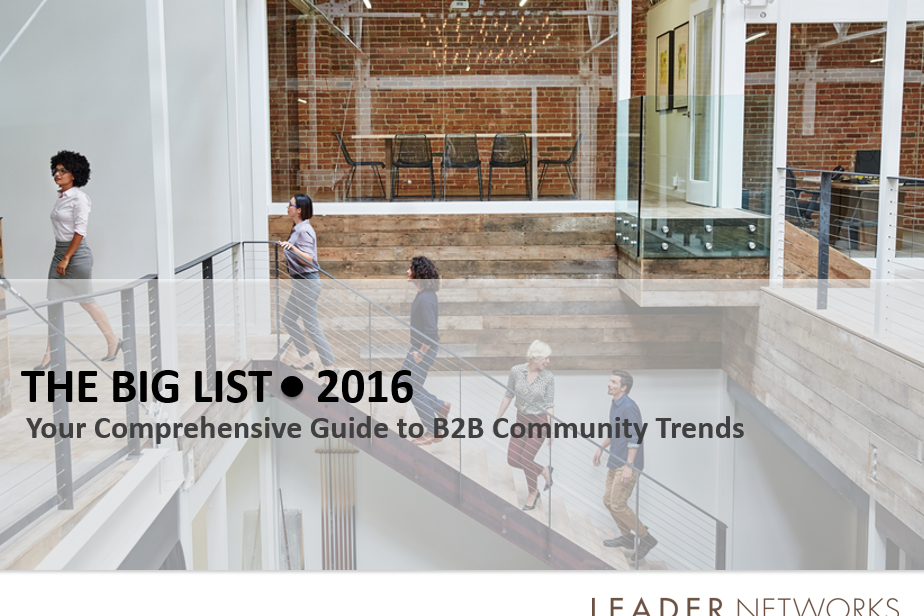A customer shares an insight within your company’s online community. He somehow found the time in between meetings, phone calls and lunch to share a suggestion, idea or complaint in a discussion thread. “It would be great if the XYZ product would … ,” he writes. What does your company do with that customer input? This is the $1,000,000 dollar question — literally.
Should you:
Choice #1: Fail to notice it? Because the online community is large or understaffed, the customer suggestion falls through the cracks.
Choice #2: See it and leave the customer question/comment/complaint unanswered? They assume that “someone” will take care of it because the customer does have people to talk to in the company.
Choice #3: Fire all alarms? A community manager copies and pastes that message and emails it to everyone she can think of — her boss, her boss’s boss, and others. After the email train goes round for a few days, the customer gets many [and sometimes contradictory?] responses.
Choice #4: Have a clear plan in place to manage such feedback – to consider internally and make sure the customer eventually is informed of the outcome of the evaluation? This ensures that you respond quickly and appropriately to every customer comment shared online.
Of course, the correct answer is Choice #4. Yet from my experience in guiding the strategies of dozens of online communities over the last two decades and seeing message after message go unanswered, I believe this is the least-chosen option. The most common response is to not respond and/or hope another customer does instead.
This is ironic given that organizations worldwide spend $18.9 billion annually on customer research ($6.7 billion in the U.S. alone), according to CASRO (Council of American Survey Research Organization). Organizations make enormous investments to divine what their customers want from their products and services. So why should customer feedback in online communities be regarded as far less important than input from focus groups, online or phone surveys, or other established methods of customer research? The failure to act on customer input in online customer communities may be the largest missed opportunity of the social business decade.
While companies are busy hiring market research firms to learn what their customers think, they often have the answers right under their noses if they have an online customer community (and most B2B companies should). Thriving B2B communities are chock full of useful customer insights — ideas that could spark innovation or be early warning signals for a crisis-in-the-making.
Here is the most exciting part: Unlike expensive and episodic market research, online community comments are both free and continuous. But sadly, companies allow this customer feedback to fall through the cracks because they don’t have plans and processes to deal with the input.
From our experience as online community strategists, we believe the main reason why so few companies act on their digitally shared customer insights is because they either don’t know how to leverage so much unstructured data or haven’t considered its operational value. Only a few B2B online communities like SAP, Autodesk, and LexisNexis have developed repeatable processes for leveraging online customer insights in research and development, sales, product development, marketing and other functions. These communities also happen to be among the most successful ones.
Why aren’t more companies following suit? One reason is that community managers are often not well integrated into the core business functions. Even when community managers see customer input shared online, they are typically not empowered to do more than simply acknowledge such comments; they are not permitted to act.
How do you make sure your online community isn’t one of these? Answering the following questions will reveal a lot:
- Who does the community manager need to inform about relevant customer feedback? Who is on the triage team and what are their responsibilities?
- Is the feedback welcome (or at least expected) by R&D, product development, sales, and any other department that could benefit from it?
- Who is responsible for evaluating the idea or suggestion? What is the standard process for handling customer insights?
- Who will let the customer know about the outcome of his idea? While not all ideas, complaints or insights are viable, when a customer takes the time to offer his perspective, isn’t it appropriate to respond?
- And most importantly, who is in charge of shepherding this process from cradle to grave?
These are big questions that organizations need to answer to turn their online customer community into more than just an occasional listening post and feel-good platform. When we help companies create the operational processes for their online community, our focus quickly turns to developing processes and performance indicators that directly affect the company’s ability to get products and services to market better, faster and more accurately because they reflect customer needs and identify market trends. It is essential to align community objectives and outcomes with the overall organizational strategy.
Ignoring online customers is even more detrimental to customer satisfaction than disregarding their input in offline channels. Online comments are forever captured for the entire world to see.
There is a better way. The next time your company plans the next market research study, in–person customer event, executive briefing center program or social media listening platform launch to get closer to the customer, you should first explore how your customers are being treated in the online community. A wellspring of customer insights might already be there for the taking.
Warning: Attempt to read property "base" on array in /home3/trusten9/public_html/leadernetworks/wp-content/plugins/wp-user-profile-avatar/shortcodes/wp-user-profile-avatar-shortcodes.php on line 665
Warning: Attempt to read property "base" on array in /home3/trusten9/public_html/leadernetworks/wp-content/plugins/wp-user-profile-avatar/shortcodes/wp-user-profile-avatar-shortcodes.php on line 665
Warning: Attempt to read property "base" on array in /home3/trusten9/public_html/leadernetworks/wp-content/plugins/wp-user-profile-avatar/shortcodes/wp-user-profile-avatar-shortcodes.php on line 665
Warning: Attempt to read property "base" on array in /home3/trusten9/public_html/leadernetworks/wp-content/plugins/wp-user-profile-avatar/shortcodes/wp-user-profile-avatar-shortcodes.php on line 665
Related Posts
November 7, 2016
Survey: Can you show the business impact of your online community?
“The Business Impact of Online Communities” study
October 11, 2016
7 Key Trends in Online B2B Customer Communities
The Big List of B2B Online Customer Communities is the most comprehensive list…
September 8, 2014
Big List 2.0: The Top B2B Online Customer Communities 2014
I am thrilled to share the most comprehensive directory of B2B online customer…
1 Comment
Add comment Cancel reply
This site uses Akismet to reduce spam. Learn how your comment data is processed.



Good thoughts here, thanks for sharing. We sometimes run into companies who choose not to do market research for a number of reasons: cost, fear of feedback, not being able to take action. More so than anything else we say, “wouldn’t you rather know of negative feedback and be able to address it, than not be able to do anything at all?” Always better to collect and address than let negative perceptions or experiences with a company fester.
– George